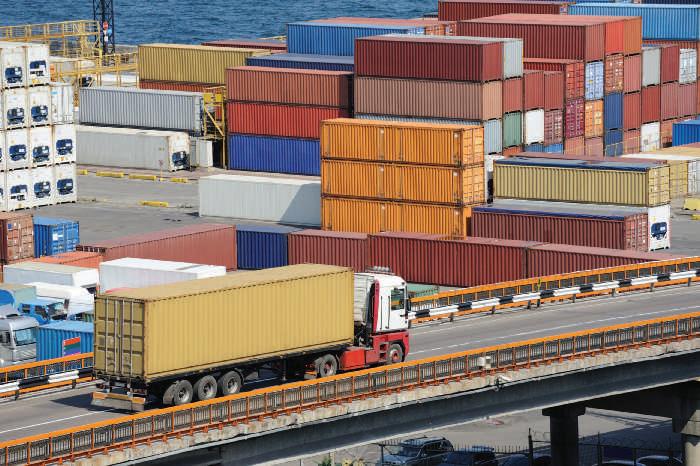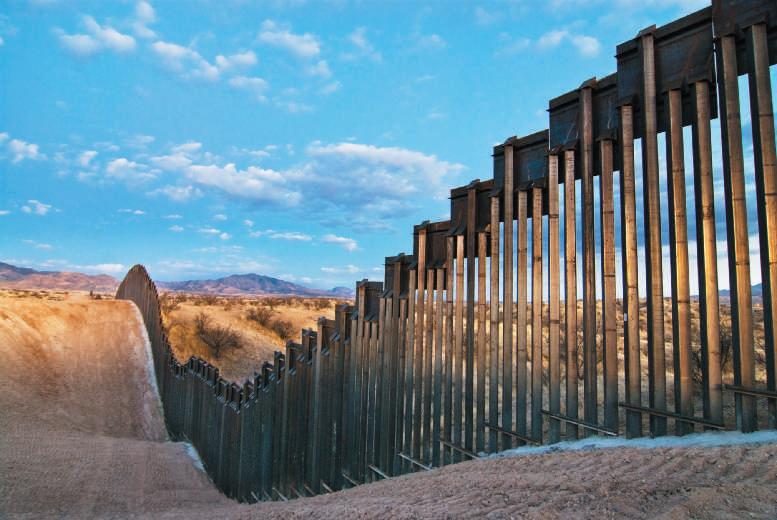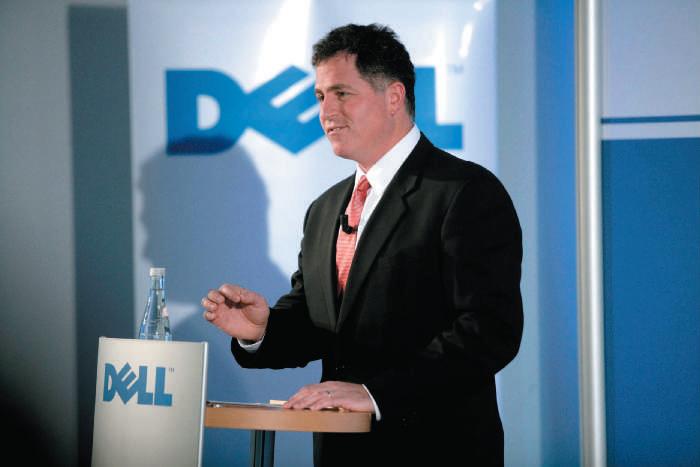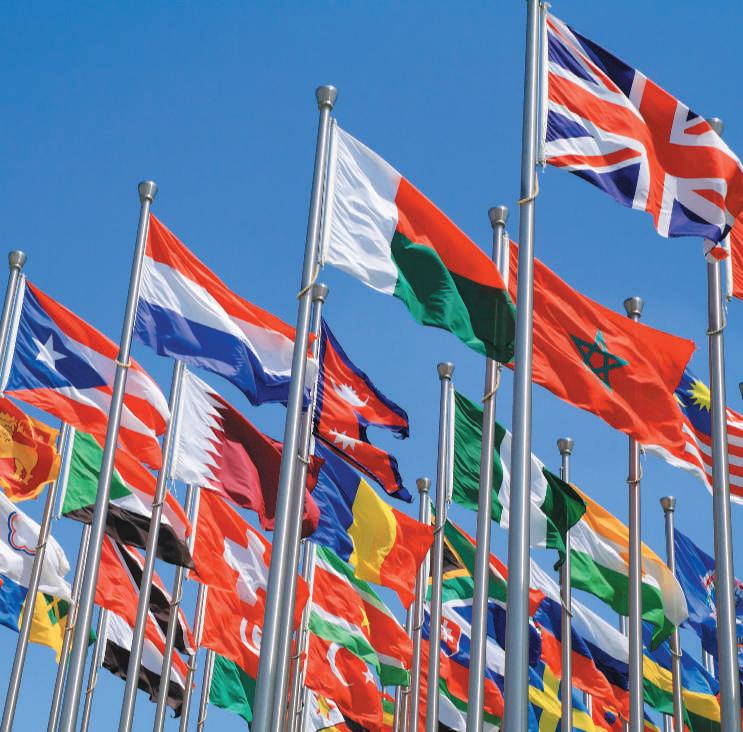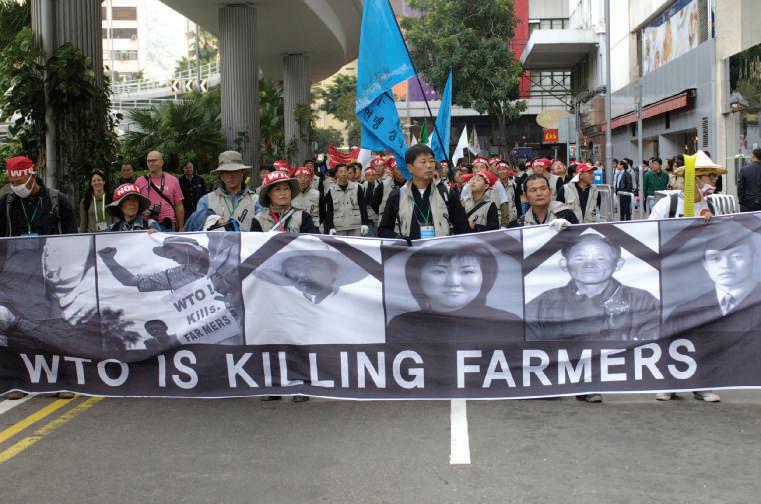330
C H A P T E R 1 3 G lo b al O peratio n s a n d S u ppl y - C hai n M a n ageme n t
David J. Green - technology/Alamy
the new Singapore investment, the worldwide supply-chain operations of the firm were uncoordinated. “This is the first time that we are driving centralization. There was no ‘control tower’ of supply-chain activities before this,” he said. Reed noted that improving supply-chain operations can typically rein in “double-digit” productivity growth, and it can also reduce product cycles by 30 to 40 percent, thus allowing a faster response to customers. (In January 1, 2008 Ed Zander was replaced by Greg Brown as CEO of Motorola.)13 Like Motorola, other companies are also trying to improve their global supply-chain management, however, some have been more successful than others. As a result, major consulting companies around the world, such as Accenture, The Boston Consulting Group, McKinsey & Company, Booz & Company, and IBM, have developed global supply-chain management consulting practices. IBM’s supply-chain practice includes 7,500 consultants worldwide, and the company recently opened a supply-chain research facility in China to help a growing number of companies manage their everexpanding global trade networks. Sanjeev Nagrath, IBM Global Services’ supply-chain management head, said that the supply-chain research facility is located in Beijing due to China’s increasing relevance in supply chains around the world. “China is a key link in the global supply chain, from being a major procurement center for sourcing activities to a manufacturing center to now even an R&D center,” he explained. The opening of the supply-chain research facility Motorola’s wireless telephone handset division was a pioneer in was welcomed by the Chinese government, especially after cellular telephones. several scandals regarding Chinese products, such as tainted food and toys as well as unsafe drugs. Since then it has been discovered that many of the problems that led to the scandals originated in substandard supply chains, because some companies in the supply chain could not trace back to suppliers the faulty components in the defective products. Nagrath said that what happened in China caught the attention of many global companies, particularly of those firms in the pharmaceutical industry supply chains, due to the safety risks implicit in their products. Recently, concerns regarding the visibility of all aspects of supply chains and the traceability of materials along supply chains were focused upon during a two-day supply-chain summit organized by IBM. “They want to see into the supplier’s supply chains,” Nagrath stated.14
13-5b The Role of Information Technologies telecommunication networks
collections of computer hardware and software arranged to transmit information from one place to another
internetworking
the linking of separate networks into an interconnected network, where each network retains its own identity
The integration and coordination of global supply chains would not be possible without information technologies, such as the Internet and enterprise resource planning systems. This section will describe these two information technologies and the roles they play in global supply-chain management. Telecommunication networks include collections of computer hardware and software arranged to transmit information from one place to another. For brevity, telecommunication networks will simply be called networks. Internetworking refers to the linking of separate networks into an interconnected network, while each network remains independent. The Internet is an international network of networks containing hundreds of thousands of private and public networks in more than 150 countries. The Internet is an example of internetworking, and it is the world’s largest and most widely used network, with an estimated 3 billion users.
Copyright 2017 Cengage Learning. All Rights Reserved. May not be copied, scanned, or duplicated, in whole or in part. Due to electronic rights, some third party content may be suppressed from the eBook and/or eChapter(s). Editorial review has deemed that any suppressed content does not materially affect the overall learning experience. Cengage Learning reserves the right to remove additional content at any time if subsequent rights restrictions require it.









